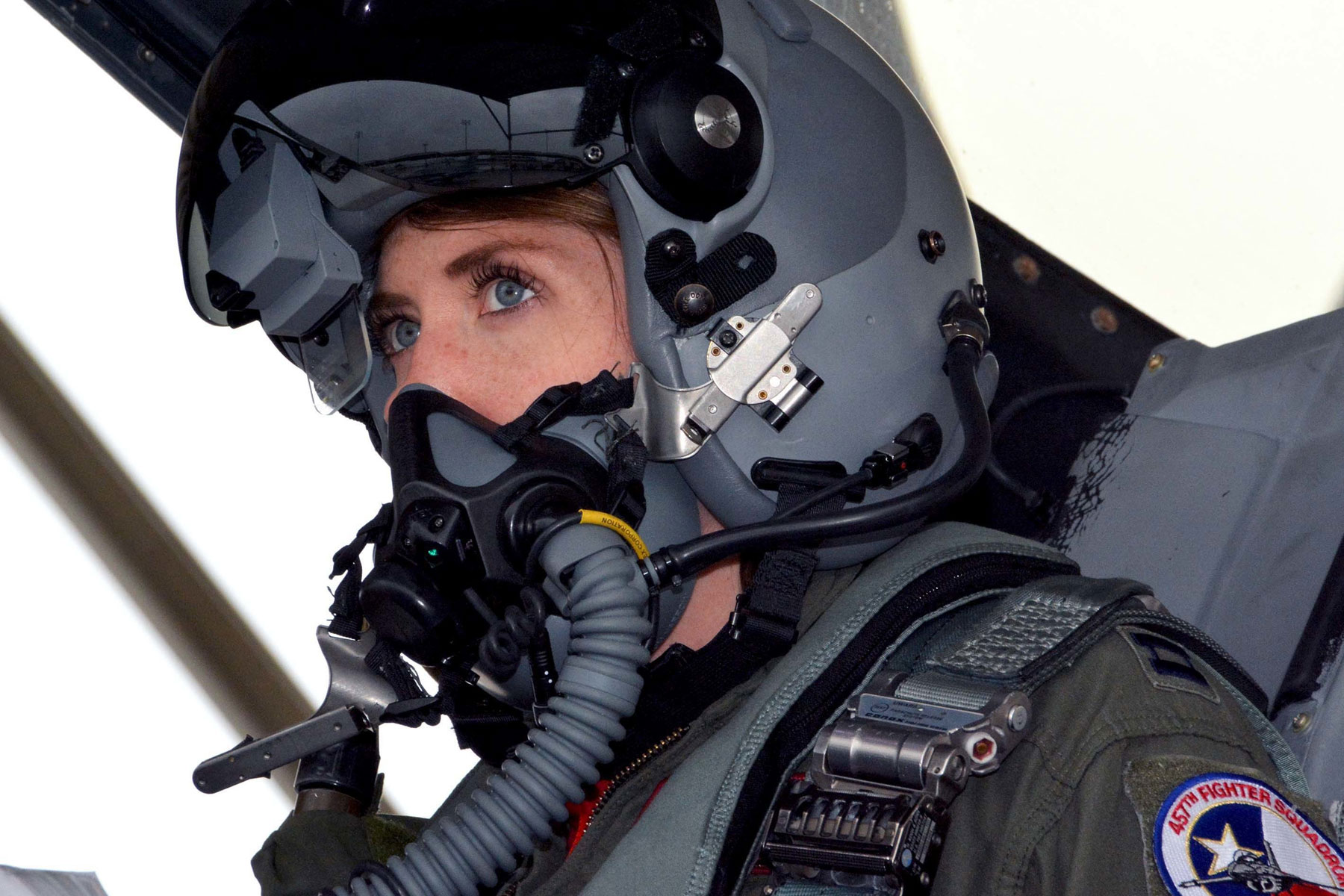

You will fly in very bad weather and/or at night and you will be scared many times. There will be long stretches of tedious duty aboard ship.

You will miss many important family events. The quality of your training will vary and sometimes you will be over your head. You will be given the opportunity to lead these people during your career you will be humbled and get your hands dirty. Junior enlisted vary from terrific to the troubled kid the judge made join the service. Senior Navy enlisted are salt of the earth you'll be proud if you earn their respect. The quality of the aircraft varies directly with the availability of parts. You will spend months preparing for cruise and months on cruise. A squadron can go from one extreme to the other before you know it. Your squadron is your home it may be great, average, or awful. Furthermore, the Navy is split into two distinctly different Fleets (West and East Coast). Navy Snapshot: Aviators are part of the Navy, but so are Black shoes (surface warfare) and bubble heads (submariners). Your Dad would want your sister to marry one. Your Mom would want you to be an Air Force pilot.so would your wife. Over a 20-year career, you will be home for most important family events. You will never be put in a situation over your head. No matter where you go, you'll know what to expect, what is expected of you, and you'll be given the training & tools you need to meet those expectations. Their enlisted personnel are the brightest and the best trained. Their aircraft are top-notch and extremely well maintained. All pilots are groomed to meet high standards for knowledge and professionalism. USAF Snapshot: The USAF is exceptionally well organized and well run. You need to ask yourself "Which one am I more likely to thrive in?" As you requested, I'd be happy to share some insight into which service would be the best choice. Each service has a distinctly different culture. Check out his web site at In response to a letter from an aspiring fighter pilot on which military academy to attend, Bob replied with the following.Ĭongratulations on your selection to both the Naval and Air Force Academies. Your goal of becoming a fighter pilot is impressive and a fine way to serve your country. He is now an accomplished author of entertaining books about US Naval Aviation including "Check Six" and "Fly-Off". Seen here at the 2017 Duxford Air Festival, Cambridgeshire, UK.Bob Norris is a former Naval aviator who also did a 3 year exchange tour flying the F-15 Eagle. A MiG-15 built in 1952 for the Polish Air Force, originally as a single-seat aircraft and was later rebuilt as a two-seat SBLim-2. The aerial combat was generally confined to the western half of the Korean peninsula, where the Air Force’s F-86 Sabres would patrol the approaches from China known as “MiG Alley.” This was one indication that let Williams know the planes he was facing were almost certainly launched from the Soviet Union. Williams had been training as a Navy fighter pilot since 1944, but the primary mission of the Panthers in Korea was air-to-ground engagements. While the Navy had scored some early kills against the MiGs, their mission had switched to one of mostly ground attack. Air Force F-86, the MiGs outclassed Williams’ Panther in speed, maneuverability, climb rate, and the weapons range. Get the latest in military news, entertainment, and gear in your inbox daily.Ĭomparable to the U.S. And while Top Gun: Maverick is in the news these days for breaking box office records, this is the actual story of one real-life Maverick and a dogfight that would seem improbable if it hadn’t actually happened. While Williams kept the incident under wraps at the behest of the Navy, there is now an effort underway to see him awarded the Medal of Honor for his actions that day. On this mission, Williams squared off against seven pilots from the Soviet Air Force, flying one of the most advanced jet fighters of the time, and walked away with three confirmed kills and one probable that was later confirmed. There were more than 250,000 sorties flown by the Navy during the conflict, but the ensuing engagement would end in one of the great feats of aerial combat, even if it was covered up for decades due to the tense political environment of the Cold War. Royce Williams, along with three other pilots from his fighter squadron, VF-781, launched from the USS Oriskany into the stormy skies over the Sea of Japan. 18, 1952, during the Korean War, Navy Lt.


 0 kommentar(er)
0 kommentar(er)
